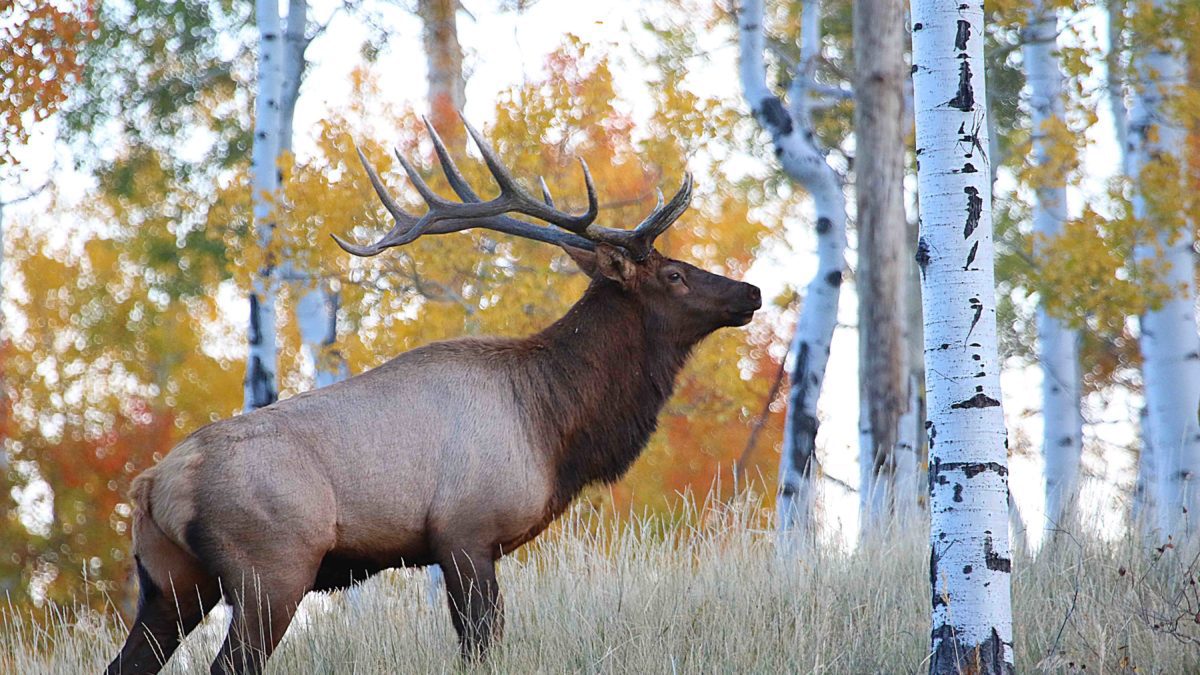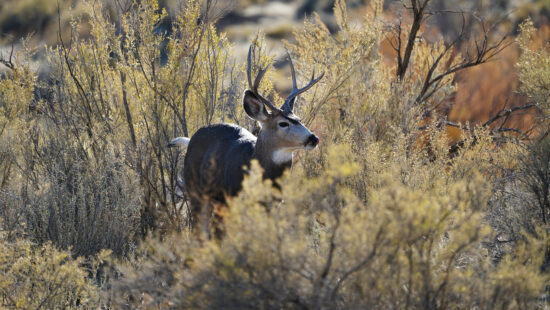Environment
Utah DWR now able to track animals in seconds with Google Cloud technology

Photo: Utah DWR.
UTAH — The Utah Division of Wildlife Resources is now able to track animals in seconds, thanks to Google Cloud technology.
A few years ago it would have taken more than half a day for a DWR official to track a Rocky Mountain Elk.
This would have been done by moving a very high frequency antenna to several locations until it picked up a signal from the elk’s radio collar, then triangulating the animal’s exact location. This strenuous process meant that each collared animal could only be tracked once every two weeks, or even once a month.
Now, using Utah’s Wildlife Tracker application, which runs on Google Cloud technology, it takes a DWR official under a minute to track a Rocky Mountain Elk.
“We are now able to know and understand our wildlife so much better. We understand patterns of migration, causes of death, and can obtain individual data points for thousands of animals. It has opened our eyes to how the animals are using the landscape, and what interventions we need for their safety and protection,” said Jessie Shapiro, GIS project manager for the Utah DWR.
The project to rebuild the Wildlife Tracker application began in 2021 when Google Public Sector partnered with the Utah DWR in order to put the application on the Google Cloud. This transformed the application into a serverless data warehouse; effectively eliminating many of the tracker’s previous issues.
According to a press release from Google Cloud, Utah DWR officials said that they previously had little insight into the behavior of the state’s wildlife.
The time consuming tracking process meant that scavengers would often make it to the corpses of dead animals before Utah DWR officials, making it impossible to determine a cause of death.
Today, Utah DWR officials can use the Wildlife Tracker application to compare an animal’s current location data with up to 20 years of historical information, better understand how wildlife interacts with the landscape over time, identify new migration routes, and inform intervention decisions.
“Since the implementation went live in August 2020, Google Cloud has helped DWR eliminate lag from their radio collar tracking system,” stated a press release from Google Cloud. “Now, DWR officials can search over 20 years of historical data with a single query in minutes rather than days. They are also able to better understand and utilize their data to determine data-based population management, evaluate migration and the effect of climate patterns, and better track wildlife births and mortality.”



















